Support for students in border areas
Cu Chinh Lan Primary School (Ia Chia Commune, Gia Lai Province) has 1 main campus and 6 satellite campuses. However, whether at the main campus or satellite campus, teachers and students here still struggle with numerous shortages of facilities. Classrooms are degraded, desks and chairs are damaged, the schoolyard is muddy every rainy season... Meanwhile, the number of students is increasing, making the burden on classrooms and teaching and learning conditions more urgent than ever.
At the main school, there are 14 classes but only 12 classrooms. There are not enough rooms, so each school year, the school has to arrange 7 morning classes and 7 afternoon classes. However, out of the 12 existing rooms, 2 were built before 2000 and are seriously degraded, with cracked walls and leaking roofs every time it rains heavily. Teaching and learning therefore face many difficulties, especially during the rainy season.
Phu Dong Primary and Secondary School (Ia Puch commune) has also been in a state of disrepair and shortage for many years.
Mr. Phan Thanh Tien - Principal of the school shared: "Ethnic minority students account for about 67%, most of whom are children of farm workers and production teams. Limited facilities make teaching and learning difficult, but the students are still studious, and teachers are persistent in their classes."
To overcome this situation, the People's Committee of Ia Puch commune has chosen a 5-hectare plot of land in Goong village, a convenient location for transportation, to prepare the site for building a multi-level boarding school for more than 730 primary and secondary school students.
The project is expected to include 24 classrooms, 14 subject rooms, a library, a school counseling room, a multi-purpose hall, a sports area, a student dormitory, a teacher's residence, and a synchronous technical infrastructure system.
“When the project is completed, students will have a stable place to live and study. Teachers will be able to work with peace of mind and stay with the school for a long time,” said Mr. Tien.
Not only Ia Chia, Ia Puch, the entire western border area of Gia Lai currently has more than 9,400 students, of which more than 54% are children of ethnic minorities. According to the policy of the Politburo , 248 land border communes across the country will be invested in building boarding schools for primary and secondary levels. Gia Lai province alone is allocated about 1,500 billion VND to implement in 7 western border communes, including Ia Puch, Ia Dom, Ia O, Ia Chia, Ia Pior, Ia Nan and Ia Mo.
Mr. Pham Van Nam - Director of Gia Lai Department of Education and Training said that building these 7 schools is a key task, of strategic significance in socio-economic development and implementation of ethnic policies.
“The new schools not only serve the purpose of education but also serve as a fulcrum to improve people's knowledge, train local human resources, and contribute to strengthening national defense and security in border areas,” Mr. Nam affirmed.
Investing in the future of literacy in disadvantaged areas
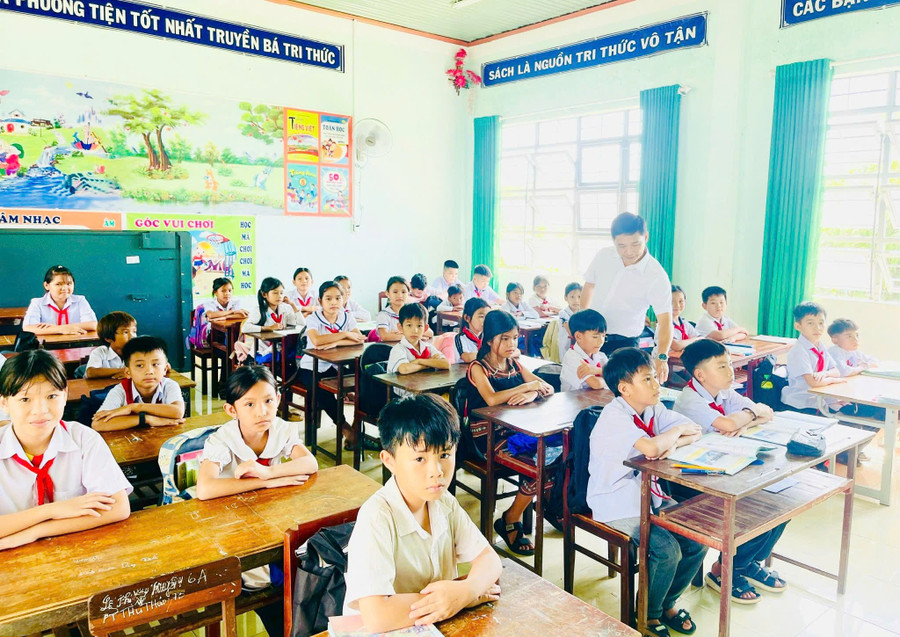
The inter-level boarding school buildings will be designed to meet technical standards, ensuring scale and area, with adequate classrooms, dormitories, multi-purpose halls, sports fields, cultural activities areas and essential living conditions for students. Thereby, students in border areas will have the opportunity to study and practice in a spacious and safe environment - something that has been a desire for many years.
The Gia Lai Province Department of Education hopes that when the inter-level boarding school system is completed, the quality of education for ethnic minority students in the Central Highlands will have a clear change. Learning will not only stop at letters but also aim at comprehensive development of physical strength, intelligence, professional skills and discipline, gradually narrowing the gap with the general level of the province and the whole country.
Along with infrastructure investment, the Gia Lai Department of Education and Training continues to review and plan the school network, ensuring sufficient conditions for universal education from preschool to secondary school; promoting the solidification of schools and classrooms, eliminating temporary classrooms; prioritizing investment in facilities and teaching equipment for ethnic minority areas.
The sector also pays special attention to developing the teaching staff. The rotation of teachers is carried out flexibly to overcome the local surplus and shortage. Along with that is the work of fostering the capacity of cadres and teachers in teaching methods and skills to enhance Vietnamese for ethnic minority students, helping them to absorb knowledge better.
According to Mr. Nam, the Education sector will coordinate with localities to mobilize social resources to build and repair schools, especially boarding schools where ethnic minority students make up the majority. At the same time, it will strengthen the mobilization and maintenance of student numbers, coordinate with authorities, organizations, and parents to encourage children to go to school and reduce dropouts.
In addition, the Department of Education and Training will advise the Provincial People's Committee to submit to the People's Council to issue specific support policies for children and students in ethnic minority areas, mountainous areas, coastal areas; and implement the Project to develop and improve the quality of education in ethnic boarding and semi-boarding schools in the period 2025-2030.
The sector also guides the implementation of Decree 66/2025/ND-CP of the Government on policies to support children in disadvantaged areas. At the same time, it promotes digital transformation in education, expands flexible learning models, and applies information technology in management and teaching - suitable to the conditions of each region.
Source: https://giaoducthoidai.vn/ky-vong-tu-mai-truong-noi-tru-vung-bien-post753826.html


![[Photo] Enjoy the Liuyang Fireworks Festival in Hunan, China](https://vphoto.vietnam.vn/thumb/1200x675/vietnam/resource/IMAGE/2025/10/26/1761463428882_ndo_br_02-1-my-1-jpg.webp)


![[Photo] Nhan Dan Newspaper displays and solicits comments on the Draft Documents of the 14th National Party Congress](https://vphoto.vietnam.vn/thumb/1200x675/vietnam/resource/IMAGE/2025/10/26/1761470328996_ndo_br_bao-long-171-8916-jpg.webp)

![[Photo] General Secretary To Lam received the delegation attending the international conference on Vietnam studies](https://vphoto.vietnam.vn/thumb/1200x675/vietnam/resource/IMAGE/2025/10/26/1761456527874_a1-bnd-5260-7947-jpg.webp)
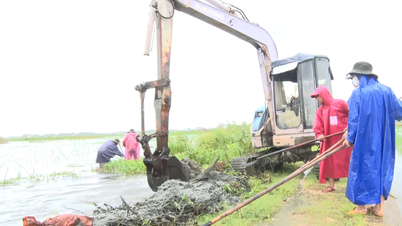


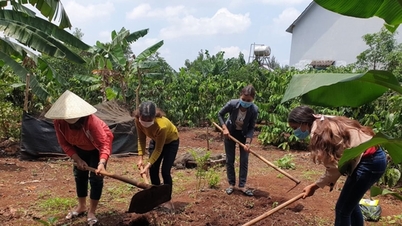



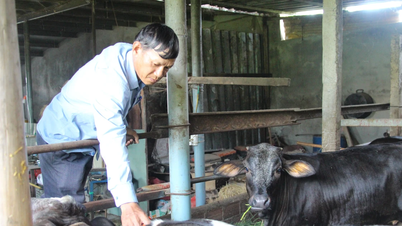

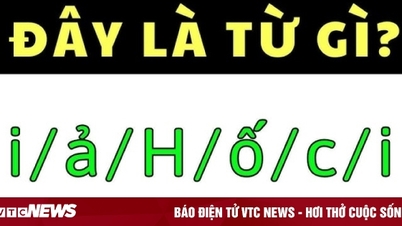

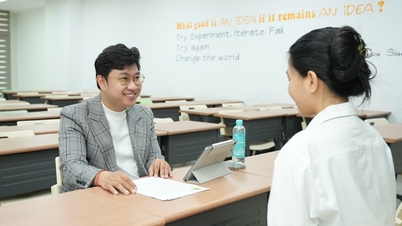



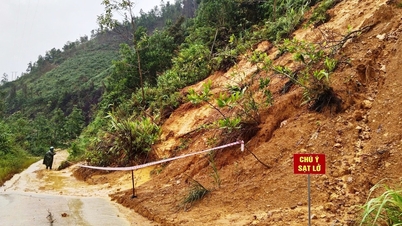
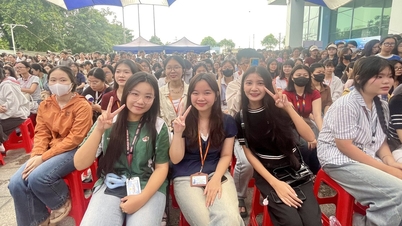
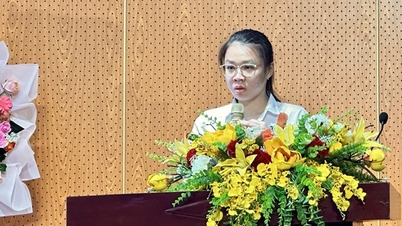




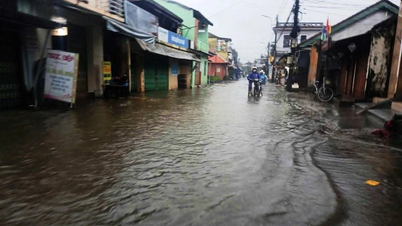

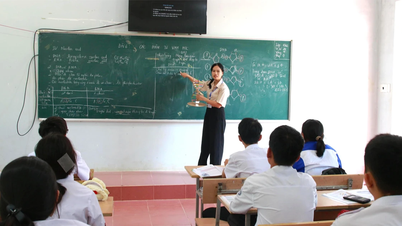
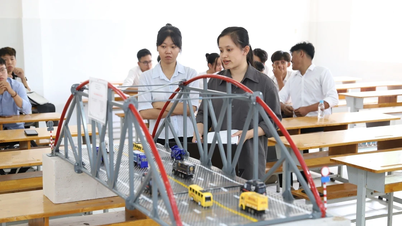
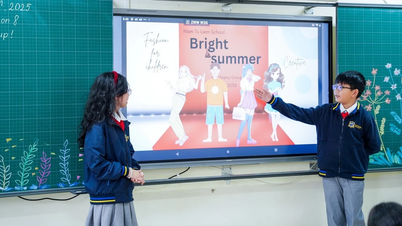
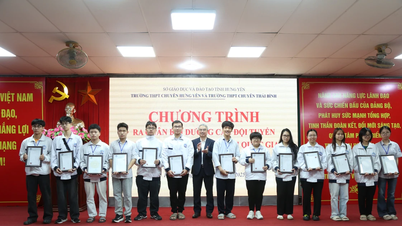

![[Photo] Prime Minister Pham Minh Chinh attends the opening of the 47th ASEAN Summit](https://vphoto.vietnam.vn/thumb/1200x675/vietnam/resource/IMAGE/2025/10/26/1761452925332_c2a-jpg.webp)














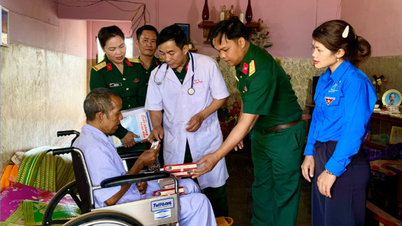




















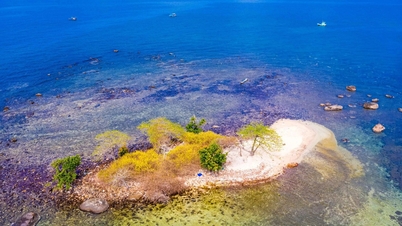

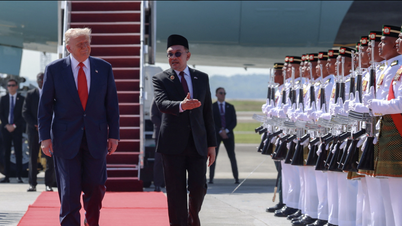

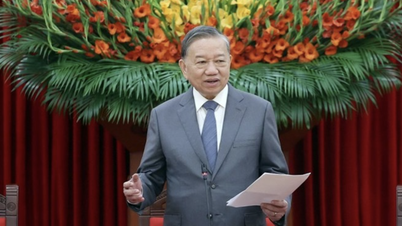

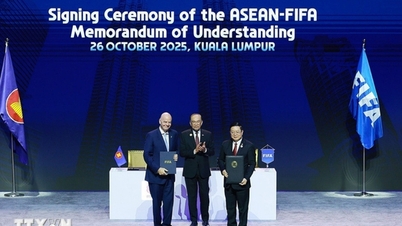

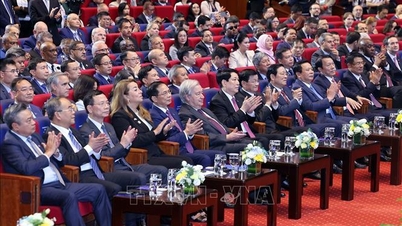

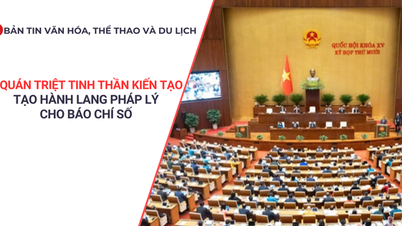



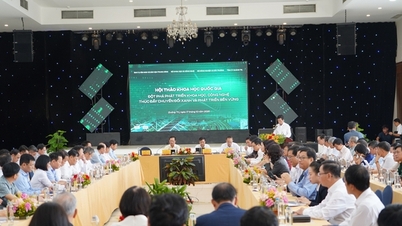


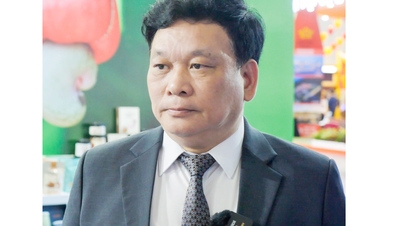

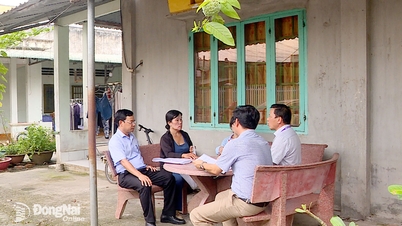
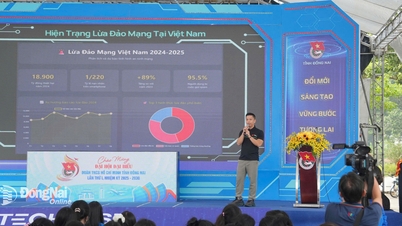














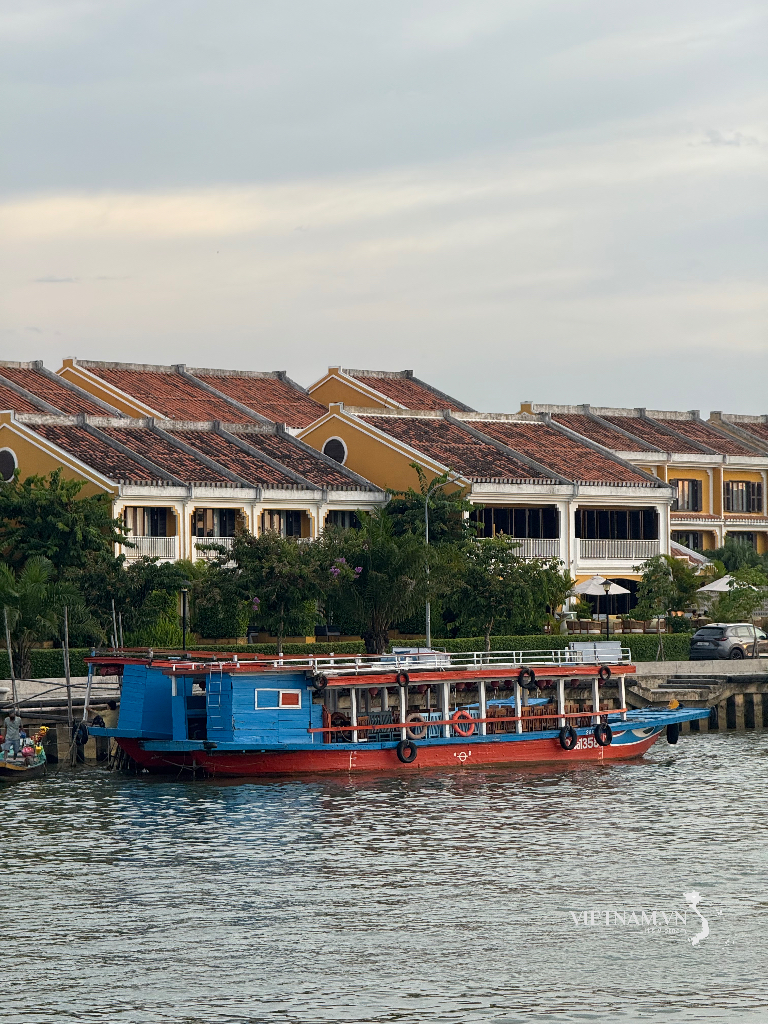

Comment (0)